High exhaust gas temperatures, high exhaust pressure, cramped engine compartments and the complexity of turbocharged applications pose extreme challenges for exhaust headers. In an attempt to overcome these challenges, many header builders have resorted to using thick gauged tubing and pipe to fabricate exhaust manifolds. Though this may be ok in a street application, it is not acceptable practice for a serious race application due to the high weight penalty. The good news is that durable, light-weight turbo-exhaust manifolds can be made using proper materials, design principles and fabrication techniques.

Exhaust gas temperatures (EGT) for many race applications can exceed 1400° F which is beyond the working temperature of mild steel and 304 stainless steel. At these temperatures, regular austenitic stainless steel grades such as 304 experience carbide precipitation and the resultant inter-granular corrosion can lead to header tube failures. In The photo above, the scanning electron microscope (SEM) image of a stainless steel sample shows the progression of intergranular corrosion.
To address this problem, stabilized grades such as 321 have been developed to alleviate carbide precipitation. 321 tubing, stabilized with titanium, is an excellent choice for most turbo applications due to the increased material strength at high temperatures. For systems with higher EGTs one should consider using Inconel. Another benefit of stainless steel is that it conducts less heat than mild steel helping to reduce heat under the hood, and direct more exhaust energy to the turbo. In most cases, 16g (0.065? wall thickness) makes excellent header tube material. 3/8? to 1/2? thick 304SS is fine for head flanges as the heat transfer to the head will minimize thermal loading.
Proper welding technique is very critical for turbo headers due to the high stresses they see when in use. We prefer to TIG weld our headers and collectors. When welding stainless steel, welds should either be back-purged, or shielded using a product such as Solarflux. This minimizes the formation of carbides during welding resulting is a stronger weldment. Also, care must be taken when fitting tubes together. All tubes should fit without any gaps. Gaps may cause "blow-through" when welding and can also cause the tubes to "walk" out of place. Welding at the flanges must be done with care as stainless flanges will warp if too much heat is applied. It is good practice to "true-up" all flange surfaces on a grinding wheel to ensure a good sealing surface. Turbo Exhaust Flanges are special order.

Due to high exhaust gas pressure, many inexperienced fabricators choose to weld collectors directly to primary tubes to prevent leaks. This is not a good practice as thermal expansion will cause thermal stresses, leading to cracking tubes. A better solution is to use Burns double slip collectors.
Burns Double Slip Collectors
The double slip eliminates the need to weld the collector since it minimizes leakage around the slip joint. As the exhaust header heats up, the outer sleeve actually tightens around the collector to seal in exhaust gases, yet is compliant enough to relieve thermal stress.
The objective of the racer is to put as large of a motor as one can into the smallest chassis they can find, and then add a turbocharger for more power, resulting in very little room to package a proper exhaust header . Fabricators are tempted to run short stubby runners into a log or into a flange rationalizing that the short runners will minimize spool time and turbo-lag. In reality, the short runners are prone to cracking due to thermal expansion and the turbo response is terrible. Longer tube headers (between 15" and 25" runner length) improve turbo spool time, provide better boost and are less prone to cracking. The long tubes can be configured with bends which helps alleviate thermal stress.

Sandrail Turbo Header For Ecotec) is an excellent example of a header designed with thermal expansion in mind. The tubes exit the ports and make a near 90 degree turn down, followed by a 180 degree bend up towards the collector. The 180 degree bend "free-floats", that is as the length of the tube expands when heated, the 180 bend can move down, unconstrained, alleviating thermal stress. Burns Stainless can help size your header tubes for your turbo application using our proprietary X-Design software.

The complexity of a turbo system can make fabrication difficult. Not only does the fabricator have to make room for a turbo (usually large & more power!), but also a wastegate, wastegate exhaust, turbo exhaust, intake piping and an intercooler. The fabricator has to be diligent in designing the system avoiding the temptation to support the turbo on the manifold and build short runners. Ideally, a free-standing turbo mount should be fabricated to support the weight of the turbo. Also, wastegates should be supported and connected to the manifold with a double-slip connection. A good practice for wastegate plumbing is to direct the flow using a shallow angle. Though it requires more room, it provides for better wastegate control.
By following some of these principles, an efficient, lightweight and durable turbo exhaust header can be fabricated for most race applications. Burns Stainless offers many products to help the fabricator build headers. We also have exhaust engineers available to give you assistance, so feel free to drop us an email or give us a call 949-631-5120.


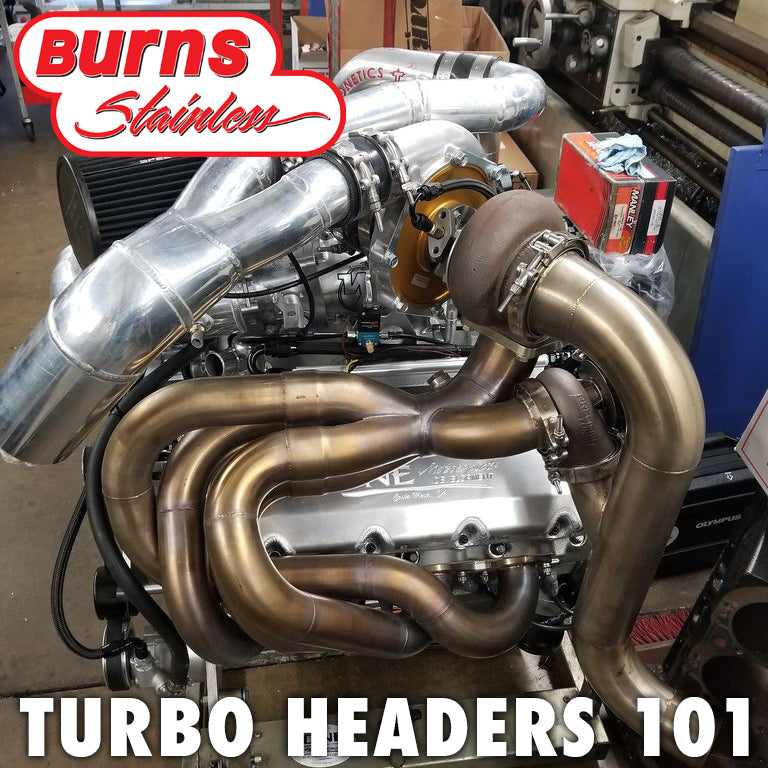



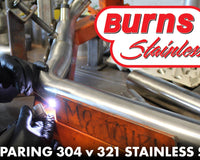

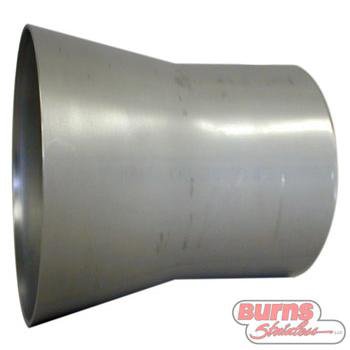
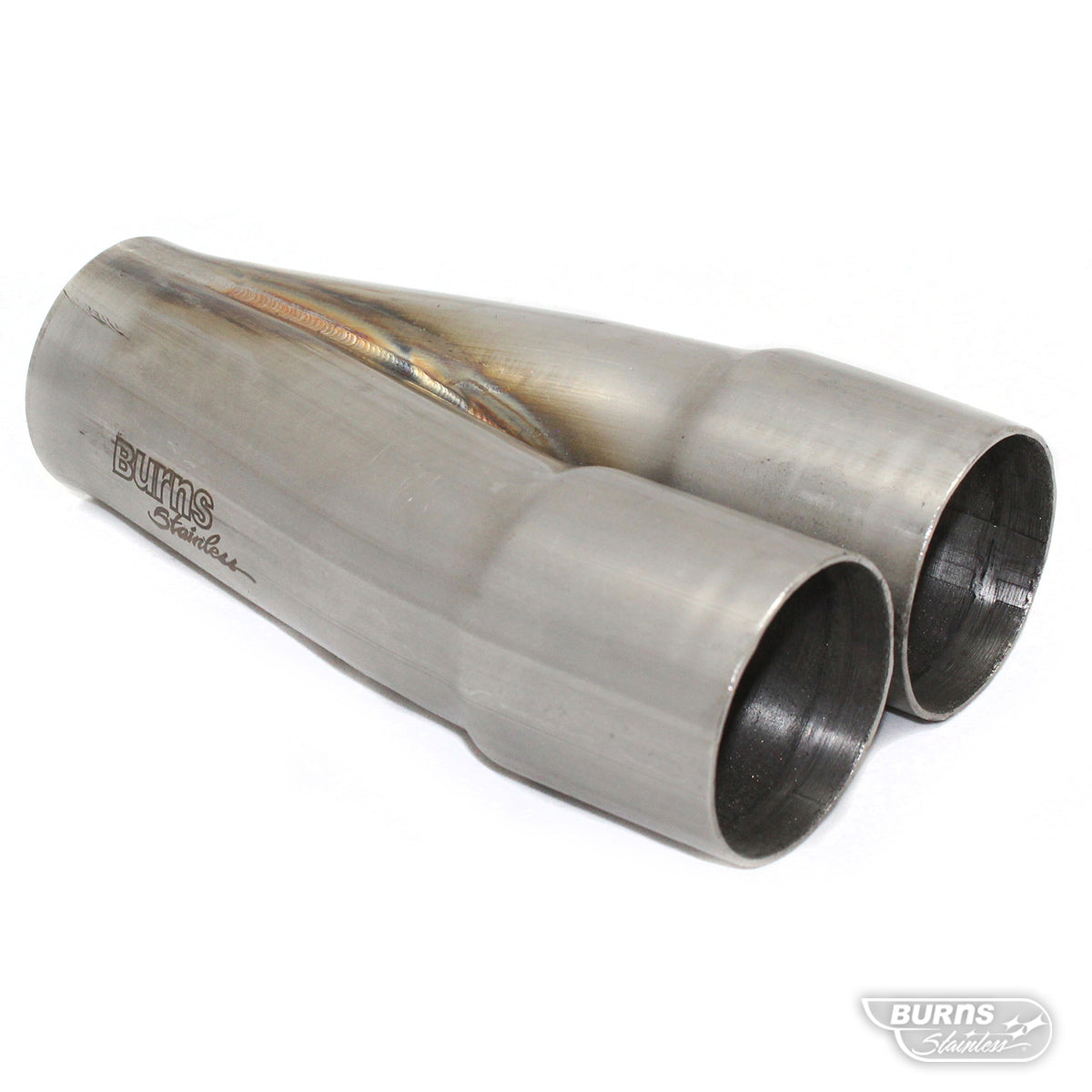


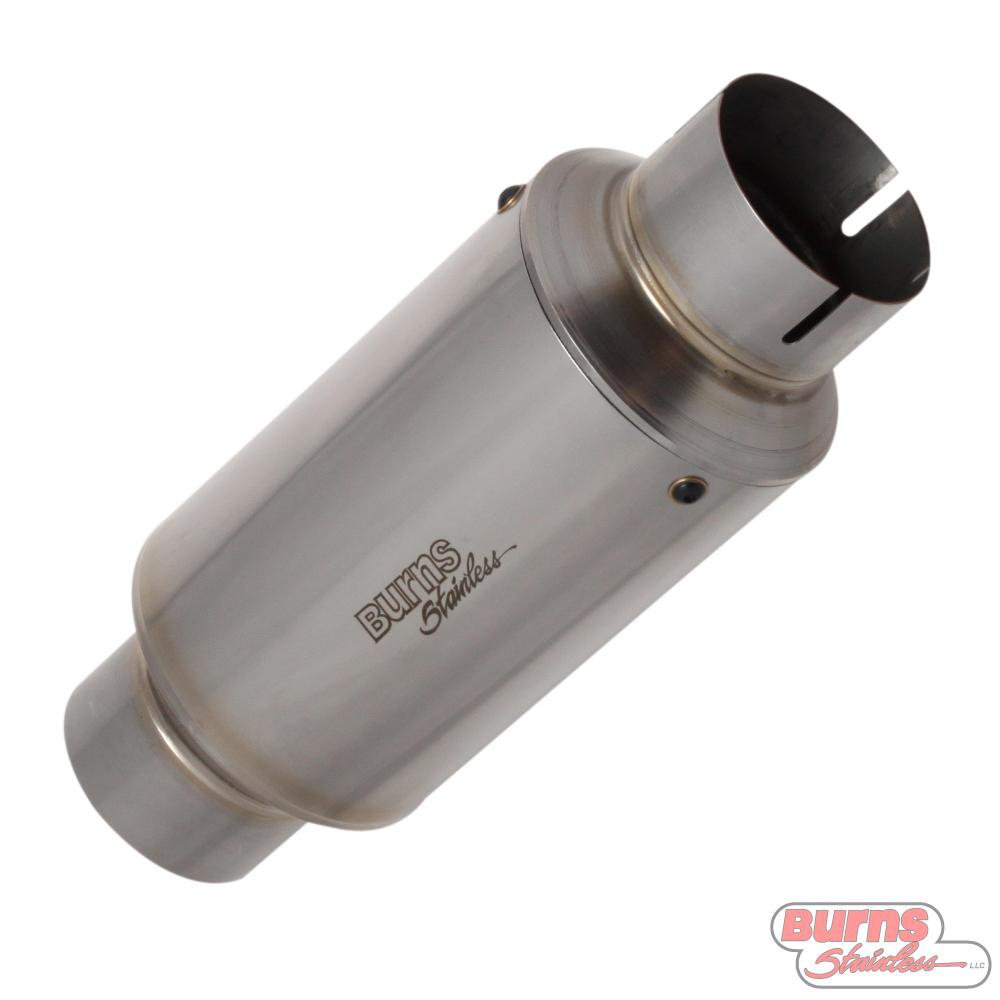
1 comment
Chuck Simpson
2JZ GtE header
Do you offer a t4 twin scroll for this?